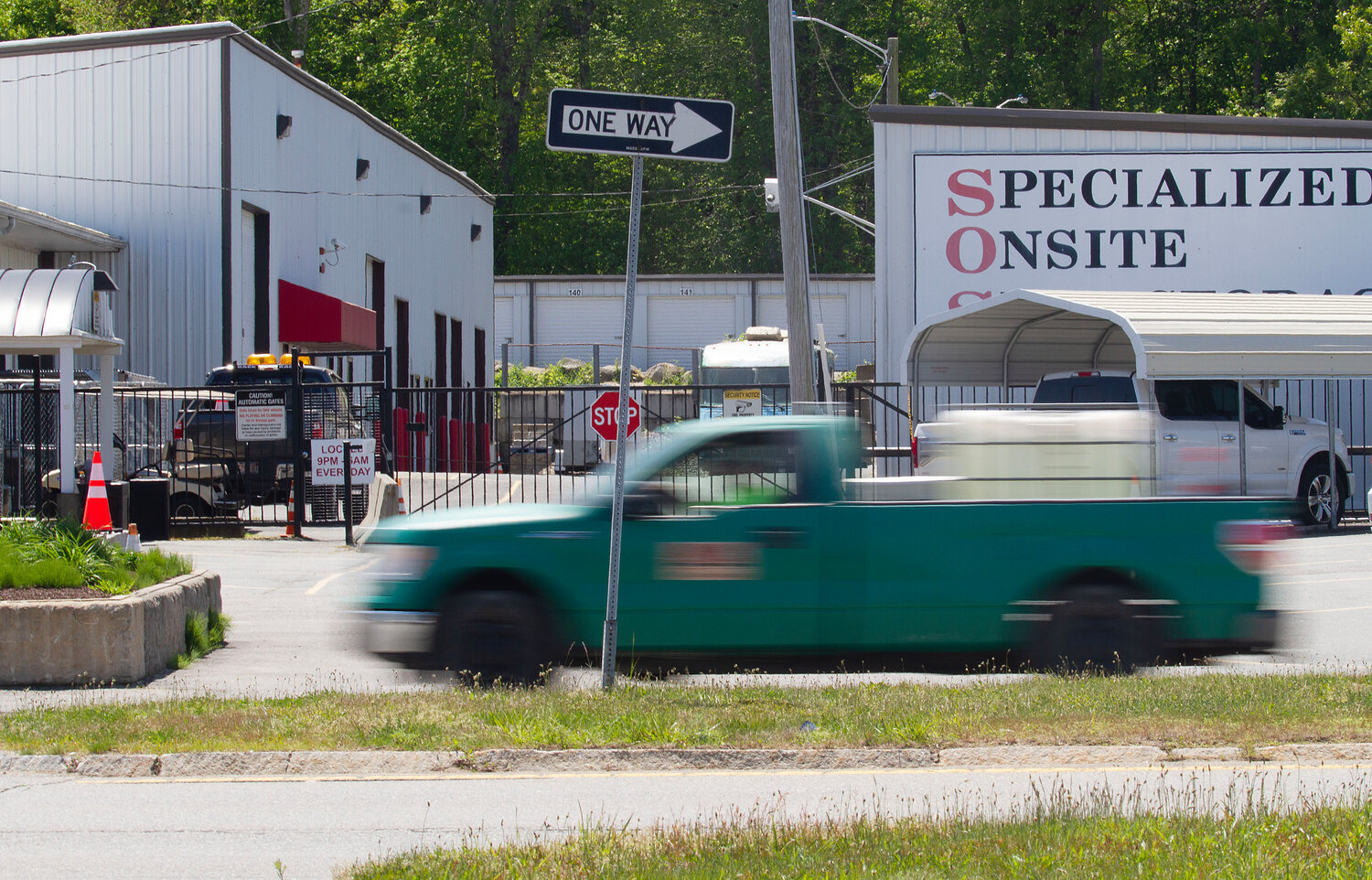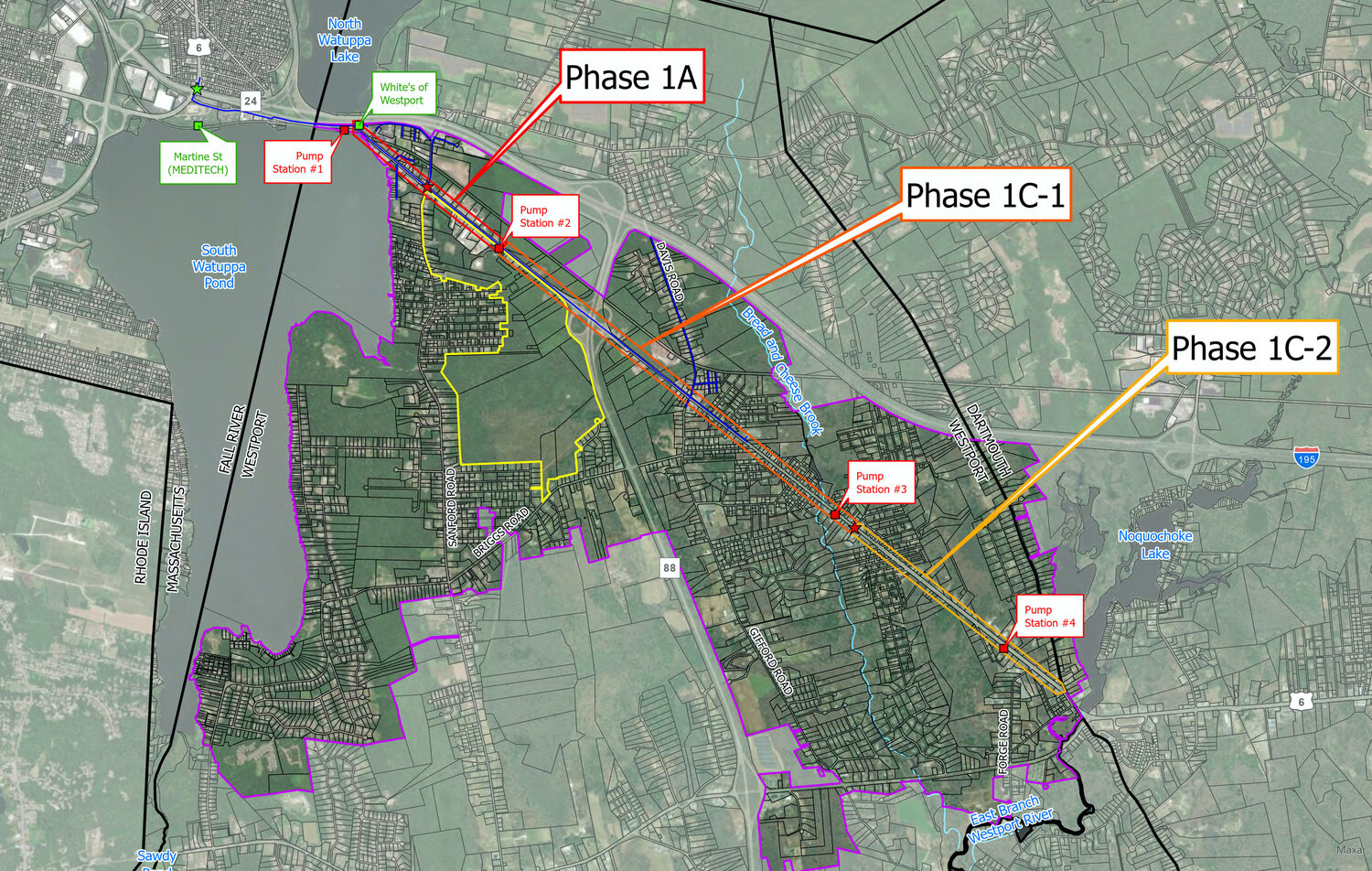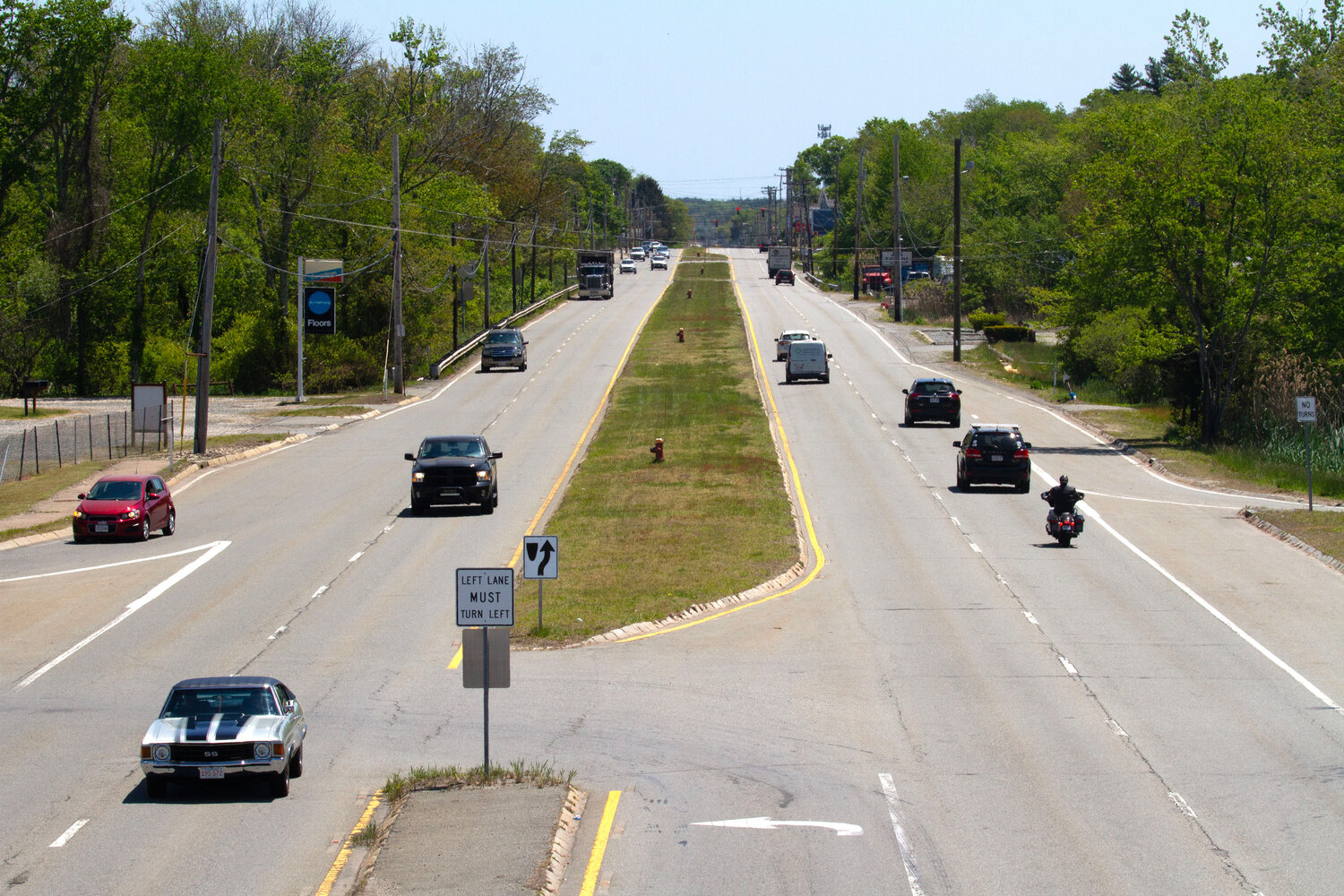Westport envisions Route 6 reborn
Town working way through massive sewer and water project they believe will revitalize the north end
A long-considered plan to bring sewer and adequate water supplies to Westport's Route 6 corridor may have its best shot in 20 years, as town officials continue to make progress on a project that they …
This item is available in full to subscribers.
Please log in to continue |
Register to post eventsIf you'd like to post an event to our calendar, you can create a free account by clicking here. Note that free accounts do not have access to our subscriber-only content. |
Day pass subscribers
Are you a day pass subscriber who needs to log in? Click here to continue.
Westport envisions Route 6 reborn
Town working way through massive sewer and water project they believe will revitalize the north end
A long-considered plan to bring sewer and adequate water supplies to Westport's Route 6 corridor may have its best shot in 20 years, as town officials continue to make progress on a project that they believe will be a boon to Westport's tax base, the desirability of the north end to business and residential developers, and residents all the way south to Westport Point.
Westport's Infrastructure Oversight Committee has been working since last year to resolve the many details of the town's Route 6 sewer and water project, which would update infrastructure along the entirety of Westport's portion of the highway. The work has been guided by the planning board, which has been studying the issue for years.
The project's scope is massive, requiring multiple sources of federal, state and local funding, the expansion of an existing pump station and the construction of a new one, and would eventually give the town the ability to offer tie-ins to hundreds of residents along the corridor who now must use septic systems — soon to be outlawed by the state — and who have subpar water service.
"We need some tax base, we need jobs," select board member and oversight committee chairman Steve Ouellette said. "We just want more options for the community, for tax revenue, for housing. I'd like to see more young people move to town."
But it will be expensive. Broken over three phases, the work could run approximately $32 million. And in Westport, where keeping taxes low has always been the mantra, selling the project to the public will require careful funding and plenty of outreach.
Committee members, the town manager's office and the planning department are looking for outside funding to help keep as much of the burden off taxpayers as possible. Still, there will be local costs, and as the project moves forward the town would likely seek voter approval for portions of the bill at next year's Town Meeting.
From the start, planning and oversight committee members have kept the financial end of the project front and center, knowing that many residents will share the sentiments of the late Bob McCarthy, a finance committee member who sat on the oversight committee until his death earlier this spring:
"This project, as worthy as the majority of the committee feels it is, is going nowhere without me, the taxpayer, saying 'How much is this going to cost me, along with everything else I've got to come up with?'" he said at the committee's inaugural meeting last August. "If you don't convince people that they're going to be affected by it, and the effect is going to be positive, it is going nowhere."
Funding
Already, hundreds of thousands of dollars have been spent on planning and designing the project, a job that has been contracted to Kleinfelder Engineering. To date, town manager James Hartnett said, all funds expended have come from state and federal grants, ARPA sources and earmarks, resulting in no cost to the Westport taxpayer.
He and others hope the local effect remains minimal, though they acknowledge there will be public costs as the project moves forward.
Earlier this month, Hartnett's office applied for a $2 million MassWorks grant to go toward the $7 million cost estimate for the project's first phase. It was the second such application to MassWorks, following the rejection of a $7 million grant request submitted by the planning department last year.
Meanwhile, planning board co-chair and oversight committee member Bob Daylor said last week, the town will file this summer for loans through the state Revolving Fund. Though those funds require a local match from the community, he said, he is optimistic that the town will receive the money.
As the project moves forward, Daylor said, additional funding could come from federal and state money (that) "are either loans with debt forgiveness, or grants." He is particularly hopeful for federal funding, as Westport's congressional delegation has expressed a willingness to find federal money, he said.
Future costs would or could involve local payments, including 'betterments,' or costs to individual property owners to connect their properties to the new water and sewer lines running down Route 6.
Homeowners and businesses "can choose to connect or not, but the betterments are still there," Daylor said.
Another source could be debt exclusion, or a Proposition 2 1/2 override.
"The ratios (of funding) will change," Daylor said. In the first phase, the basic backbone or infrastructure for the future system (will) largely be grants and loans (and) betterments will be smaller.
"When the water runs down a side street, the ratio of betterments would go up" as various property owners decide to connect to the system.
What are the benefits?
Along Route 6 and even beyond to the south end of town, the benefits are clear, project proponents say.
Route 6 has no sewer tie in, but the work would add a new line, connecting to Fall River's system from the Fall River to Dartmouth lines. The work would involve increasing the capacity of a current privately owned pump station at White's of Westport, and would also require another that would be built at the other end of Route 6, near MeatWorks.
With the state Department of Environmental Protection moving ahead with a plan to compel property owners or the town to replace all septic systems with nitrogen reducing systems over the next five years, residents could already be facing $30,000 or more in upgrades if there isn't a sewer tie-in available. Getting the project done, proponents said, will offer a more palatable alternative.
On the water end, Westport's 40-year-old tie in to the Fall River system is limited, with potability and supply issues that affect more than 160 customers along the route. Tying a new water main into the town's existing connection with Fall River, then running "stubs" off it to each property along the route, could have positive health impacts for those residents and future homes and businesses, thus greatly increase the desirability of the area for future development, they said.
"Some of these neighbors that have eminent health issues right now are not being addressed," said Manuel Soares, a select board and oversight committee member. "This is drinking water (and) it needs to be addressed."
Further afield, proponents said that while the positive impacts to those not in the north end won't be as direct, they will help the town as a whole. Those include higher tax revenues which will help fund services without finding the money elsewhere, more jobs, and a healthier Westport River.
"The simple answers are you could have more buildout, businesses could build bigger, they're going to have cleaner water," Soares said.
"The way I look at it with water and sewer here is that there are three major reasons" to support the project," added oversight committee member Maury May.
"Number one is economic development largely along Route 6, because it will help business owners and will help the tax base of the town."
"Second of all it is that health aspect, because there are failed septic systems and if we can help with the failed systems, let's help."
"The third is the environmental aspect, because we have a river that is loaded with nitrogen. And with fewer septics in town that would probably mean a healthier river going forward. Definitely, if we have a healthy river the whole town benefits. And if we have economic development on Route 6, the whole town benefits. This is an important concept, I think, going forward."
Why now?
The last time similar Route 6 improvements were studied and proposed, $3 million in associated costs were rejected at the 2004 Town Meeting. That work plan lingered for years before being re-examined by the planning board several years ago. This time, with portions of the project in the permitting phase and nearly "shovel ready," Ouellette said the timing couldn't be better to make another pass.
"We have strong legislative support, there's infrastructure money through the government out there, and there's the foolish DEP (sewer upgrades) regulation that's coming out," Ouellette said. "It's a good time to go after this."












